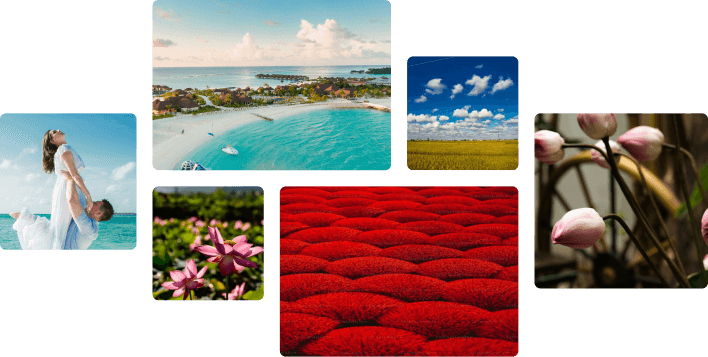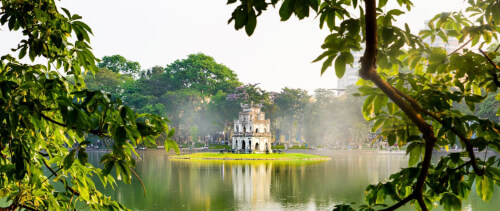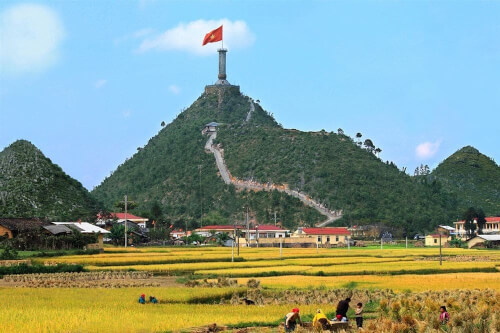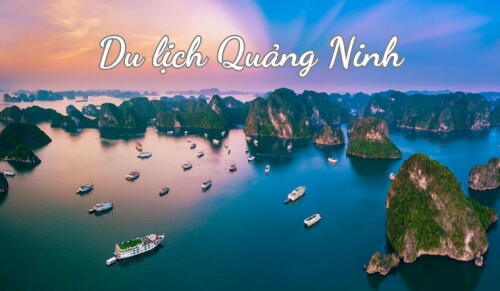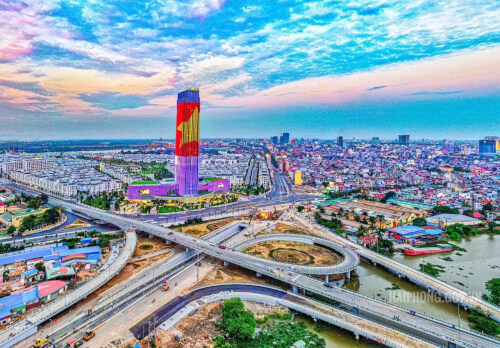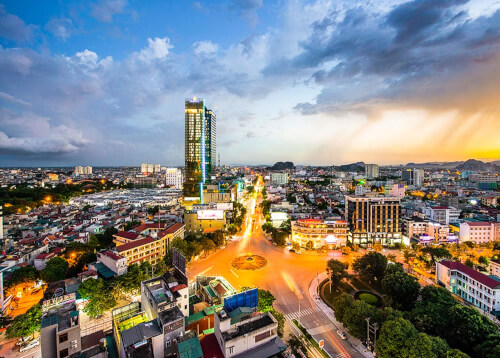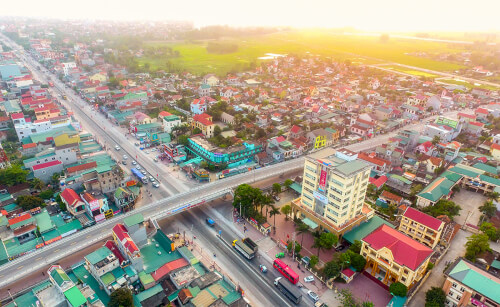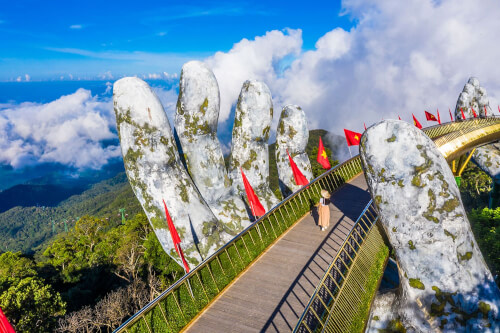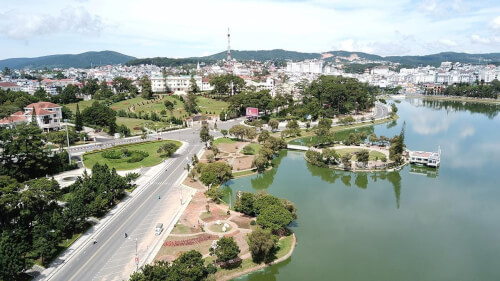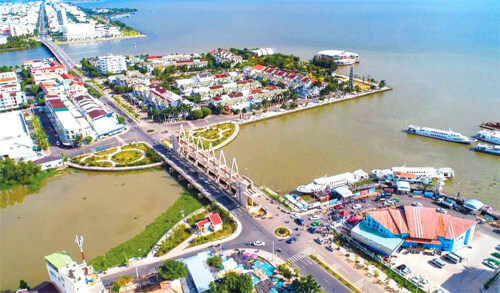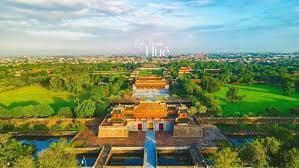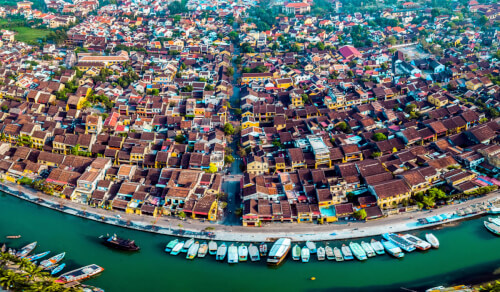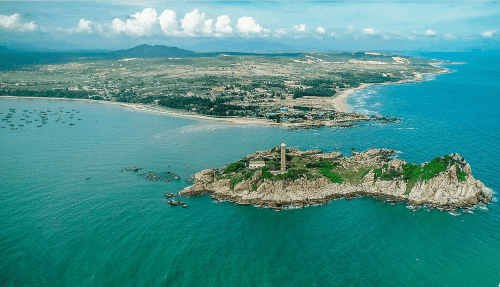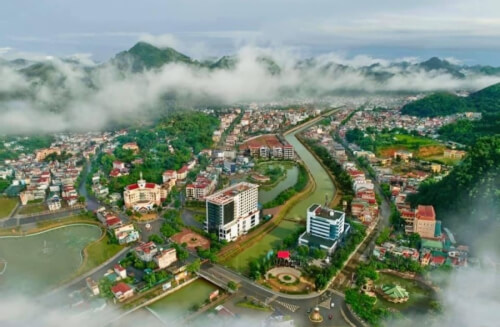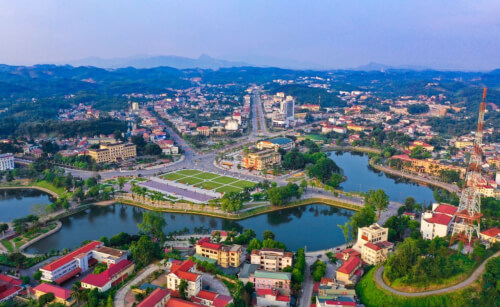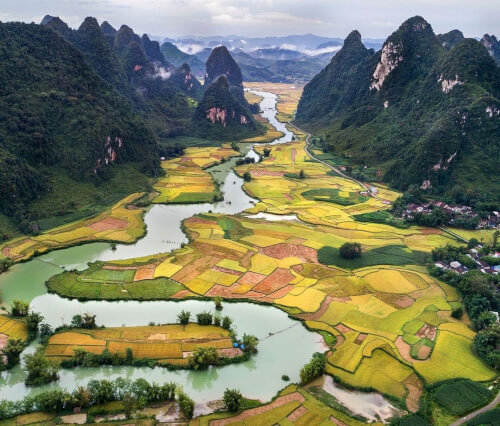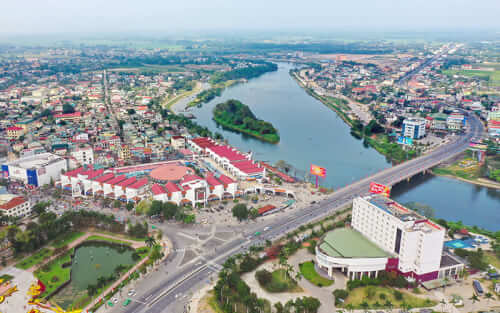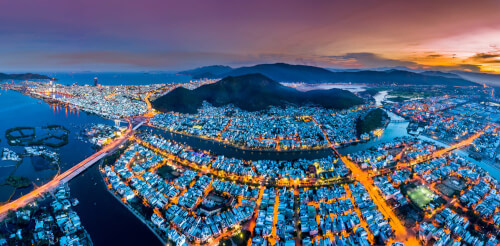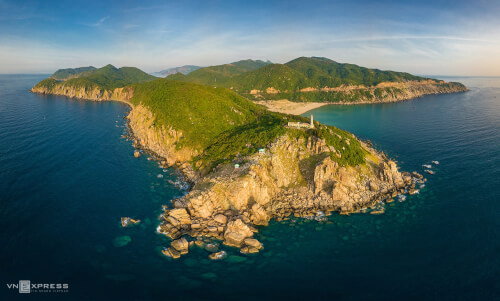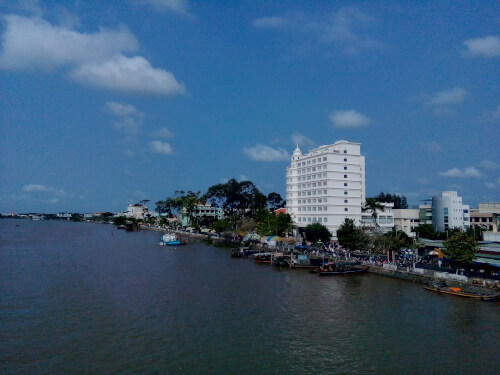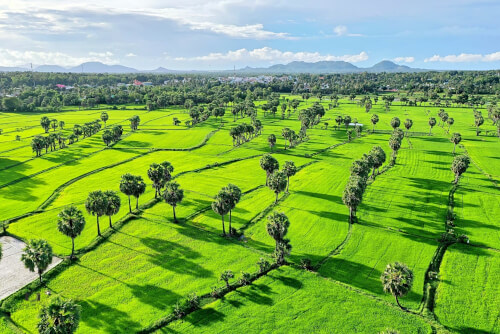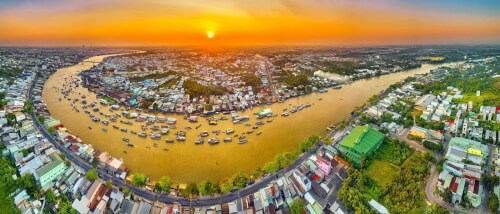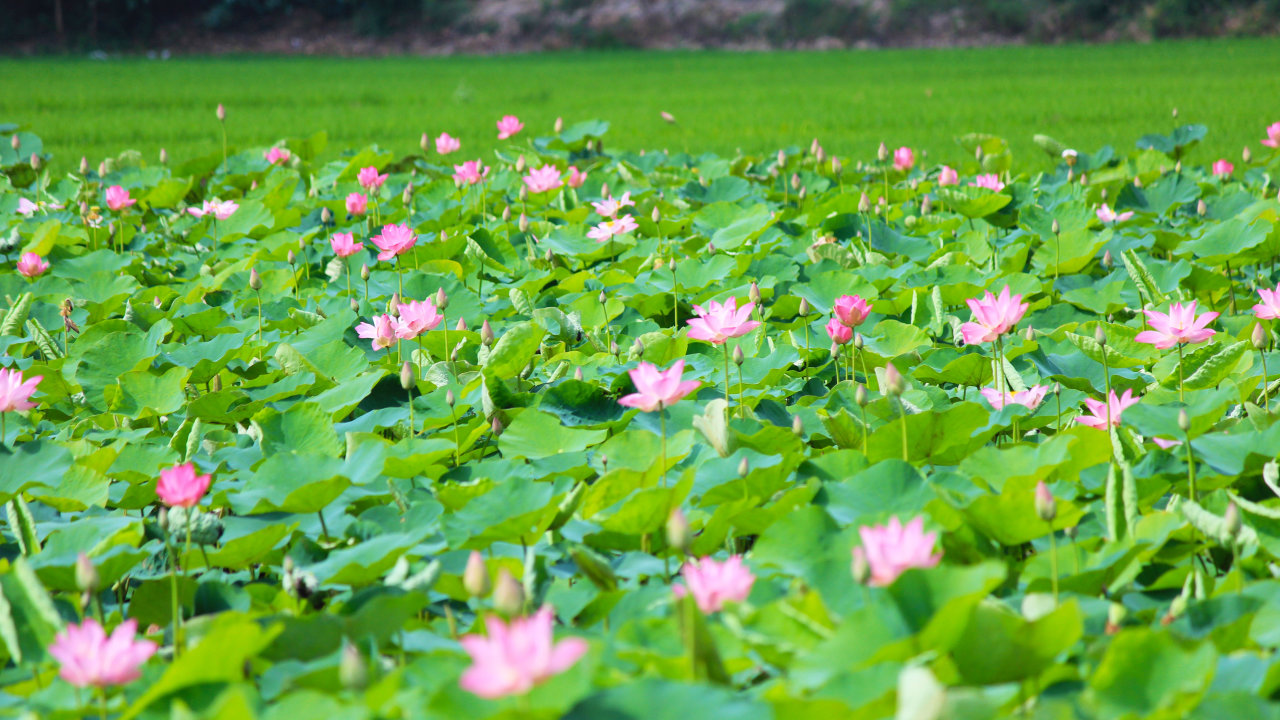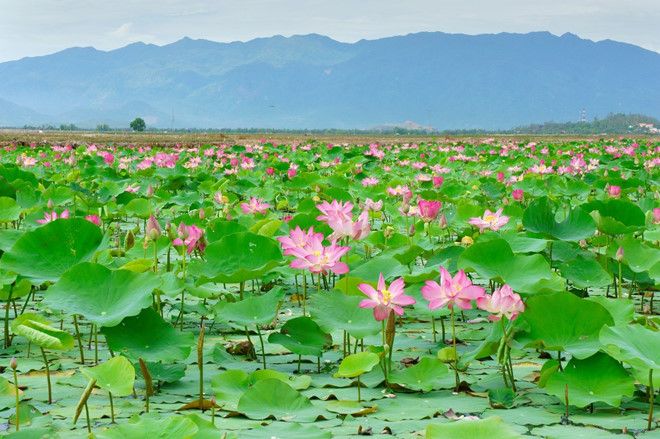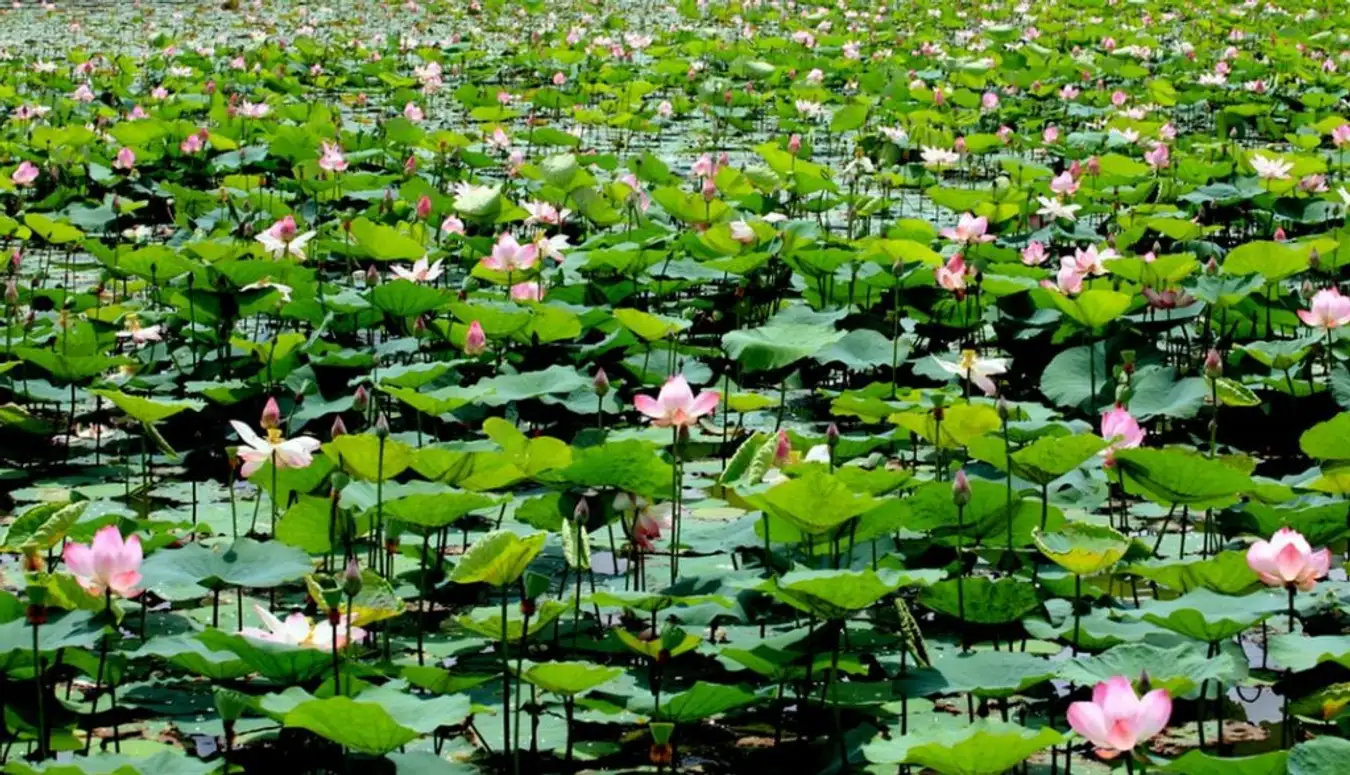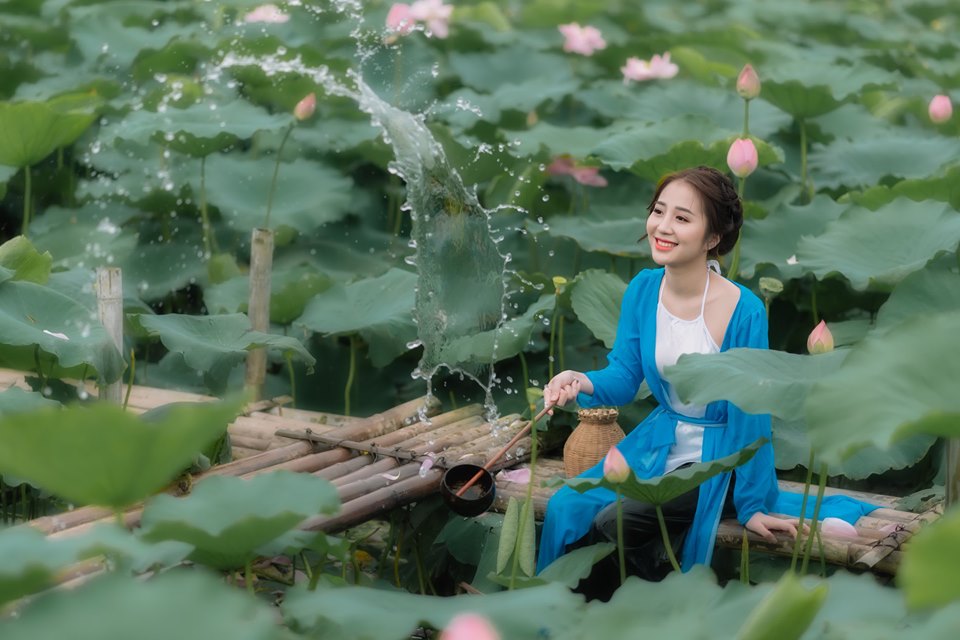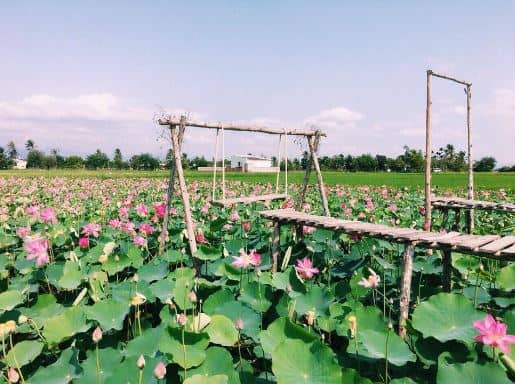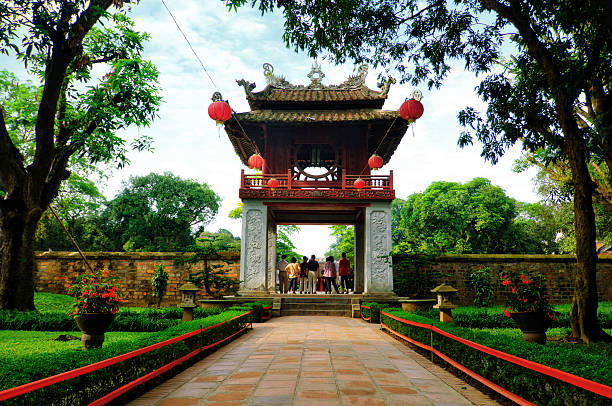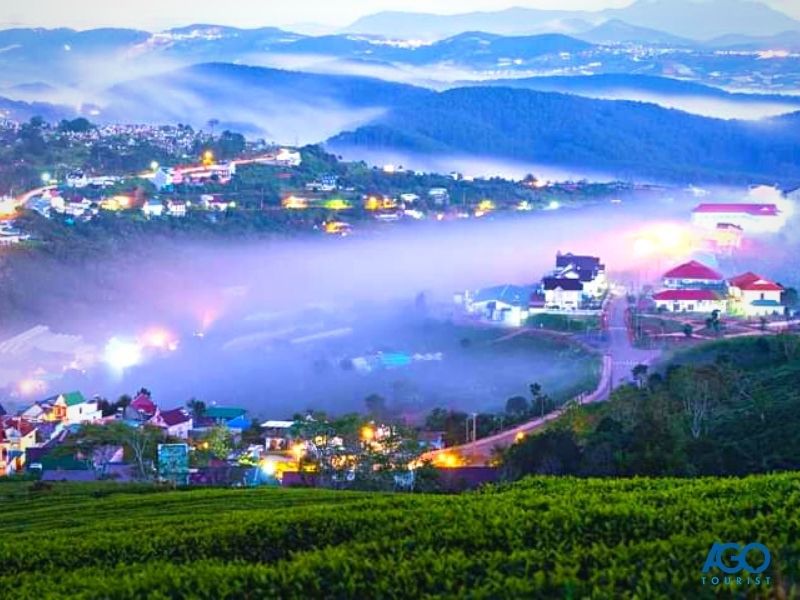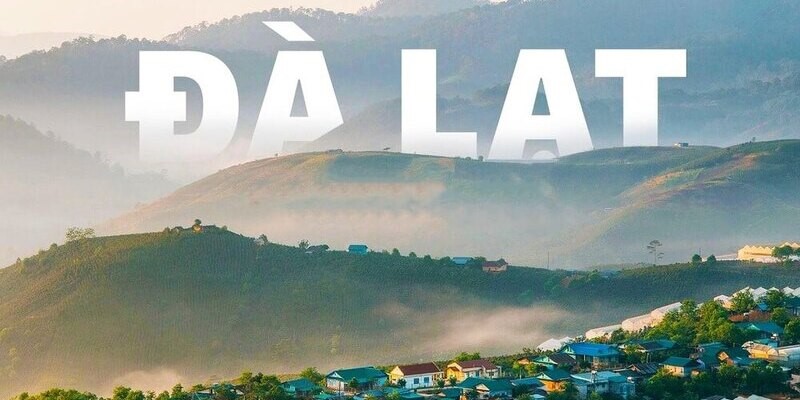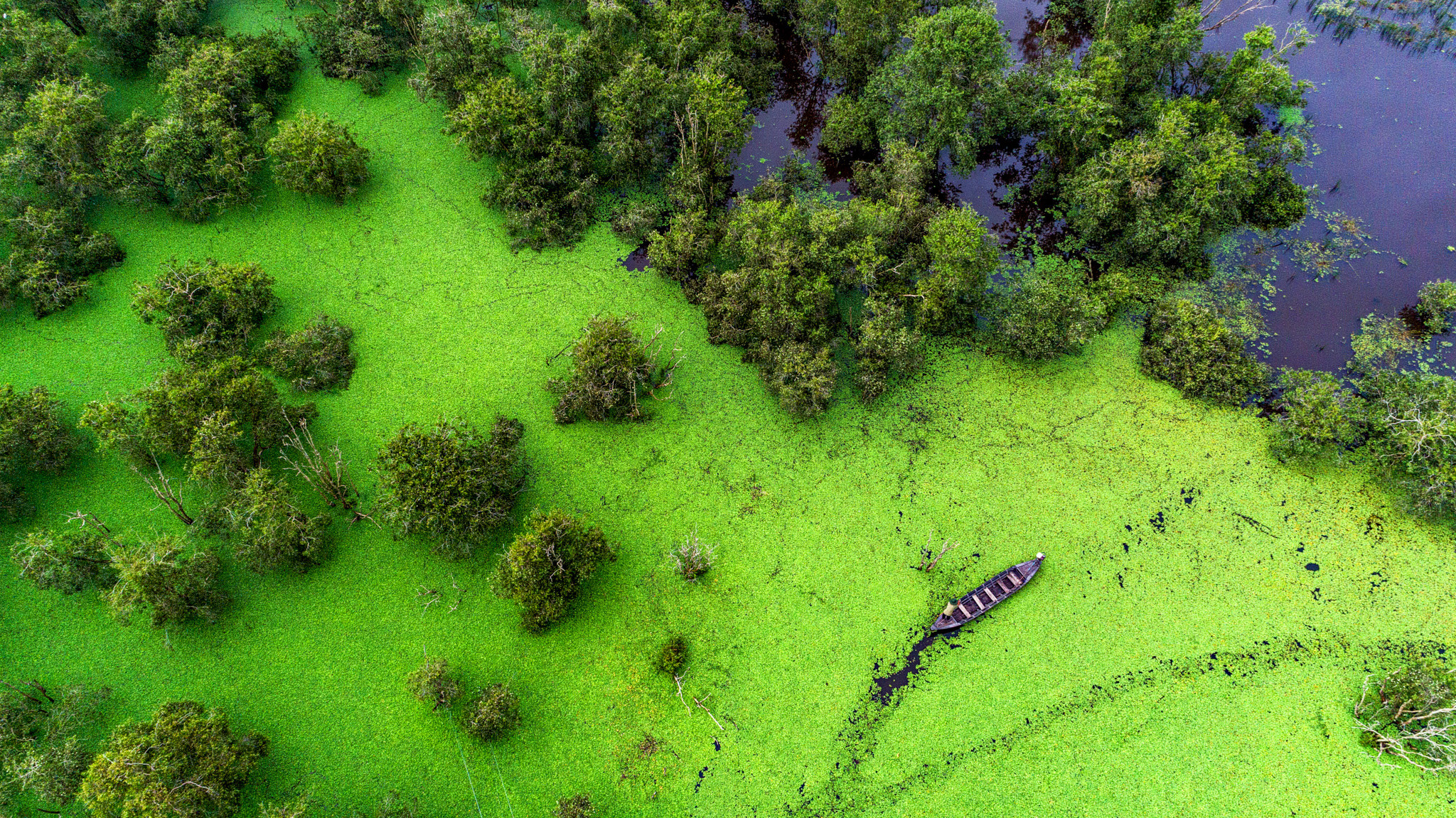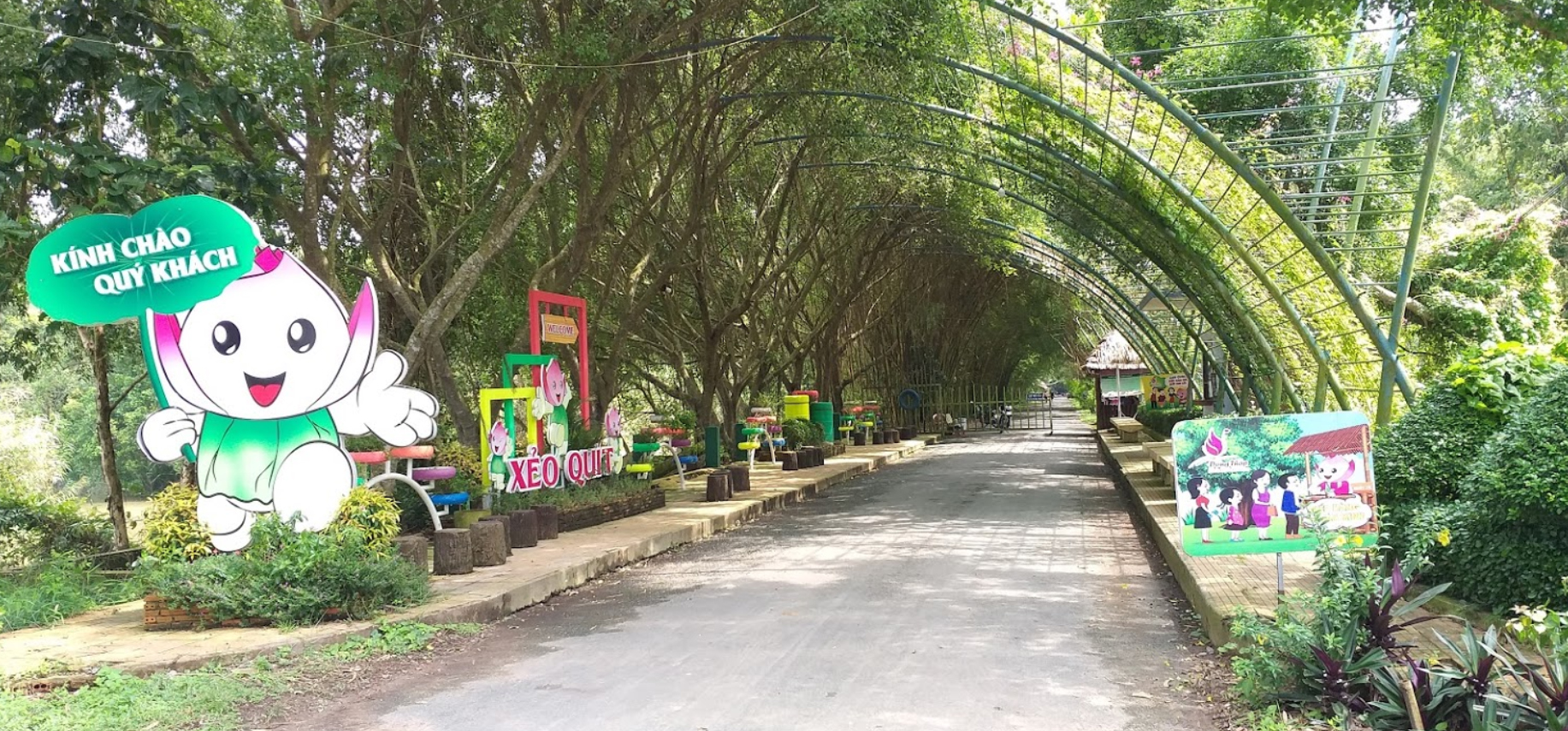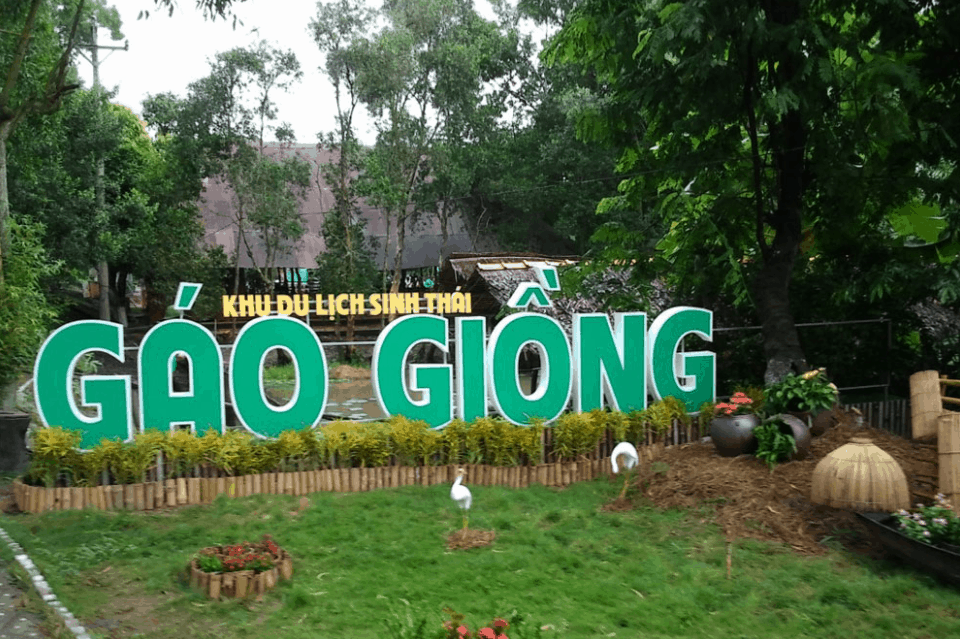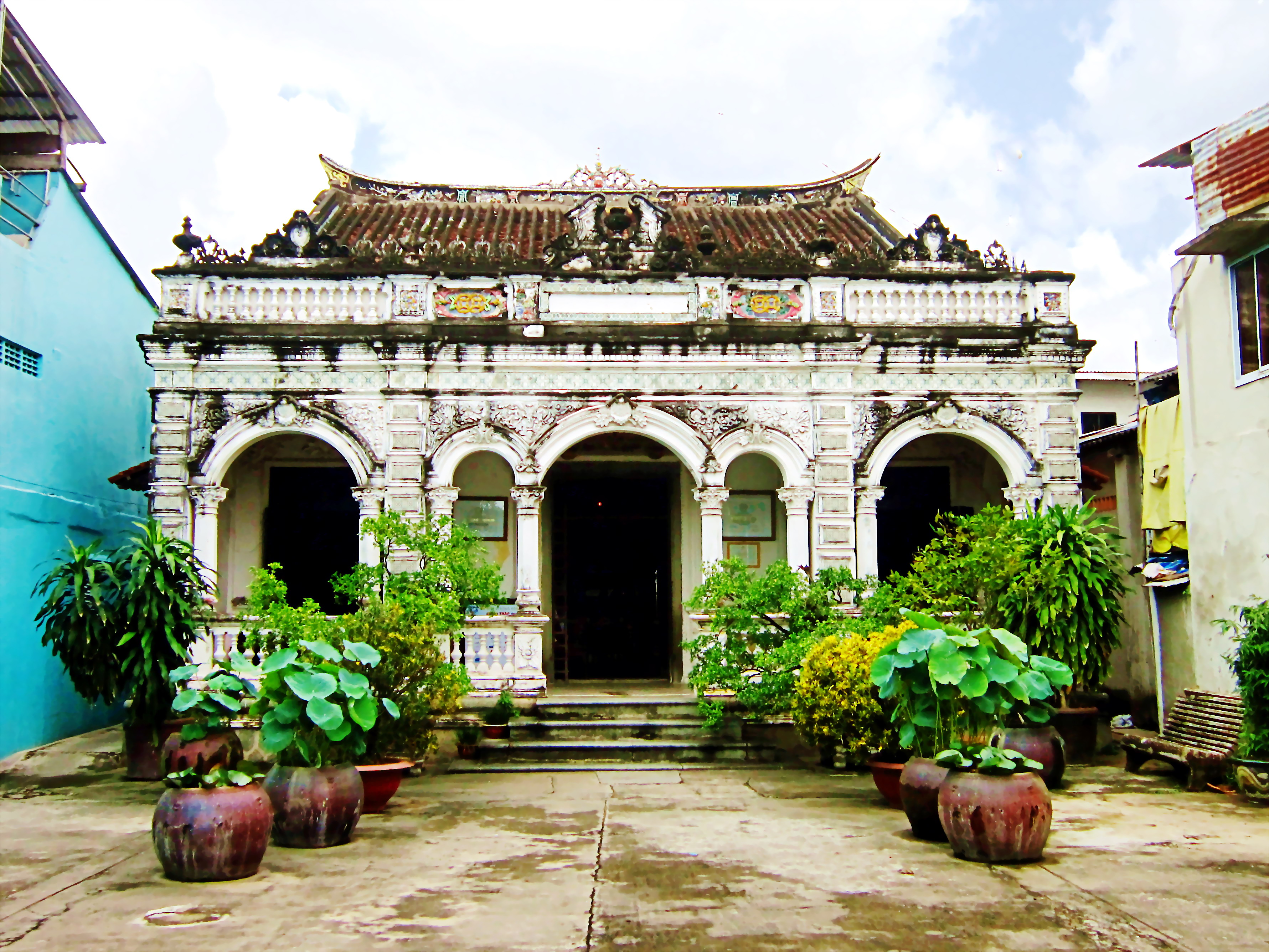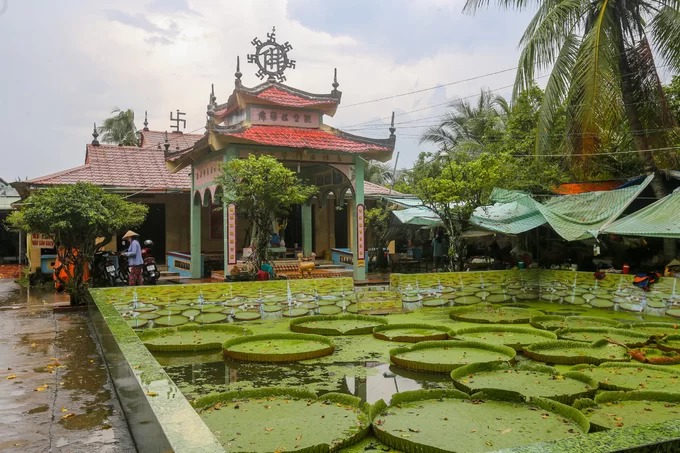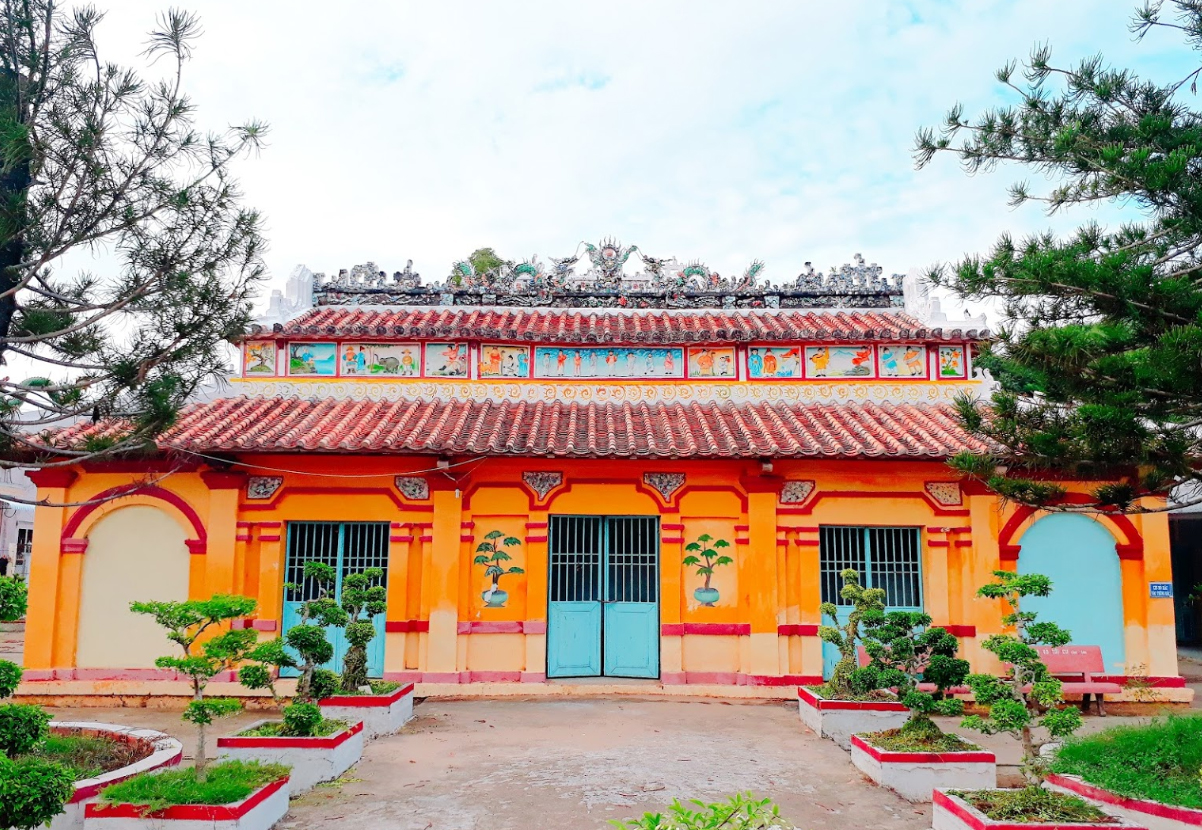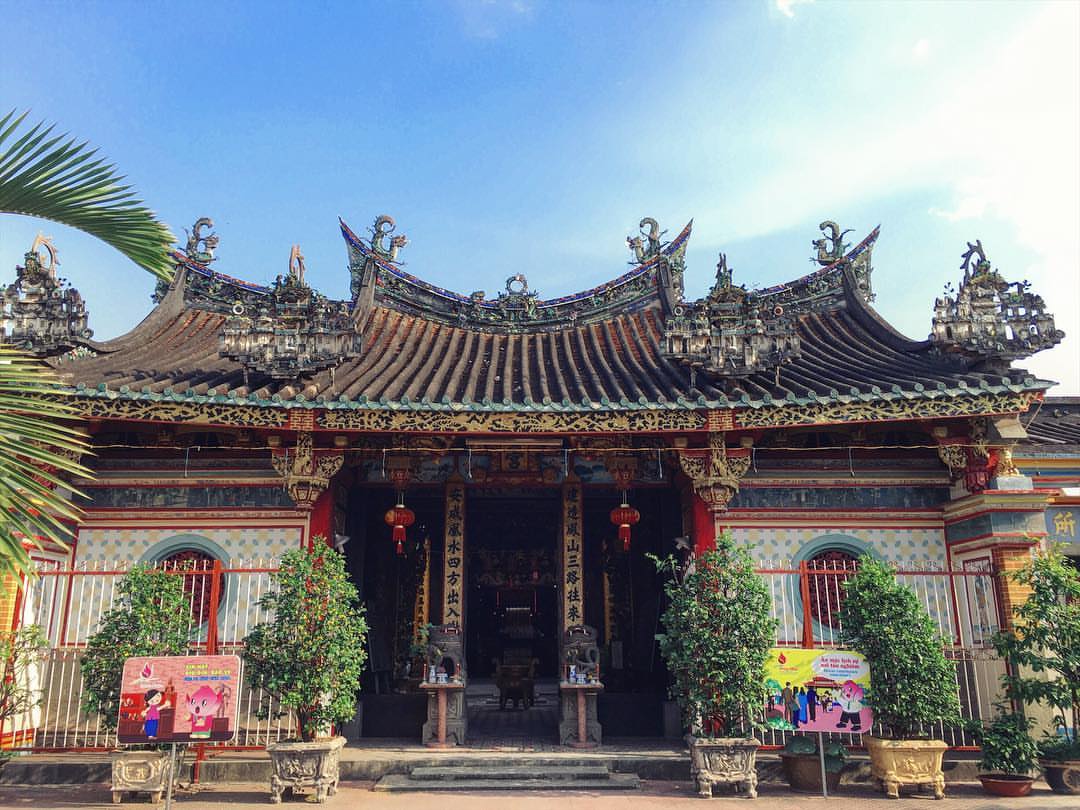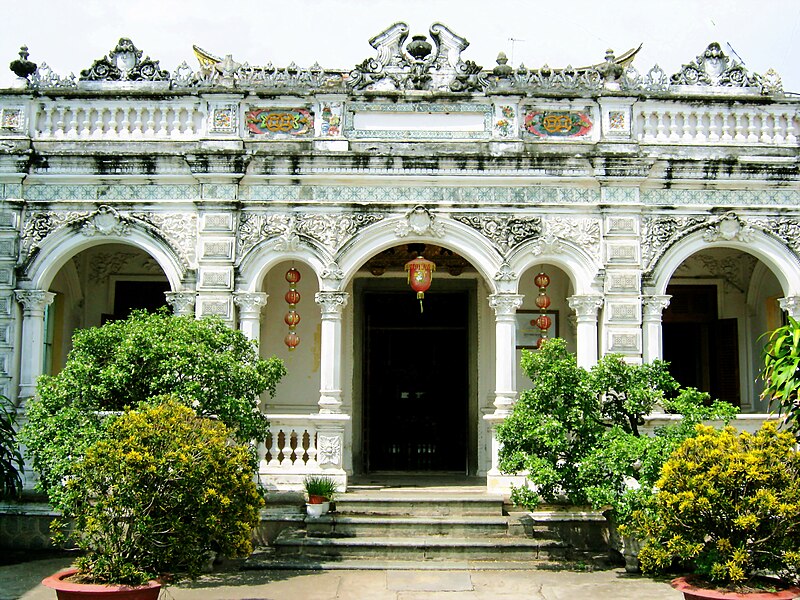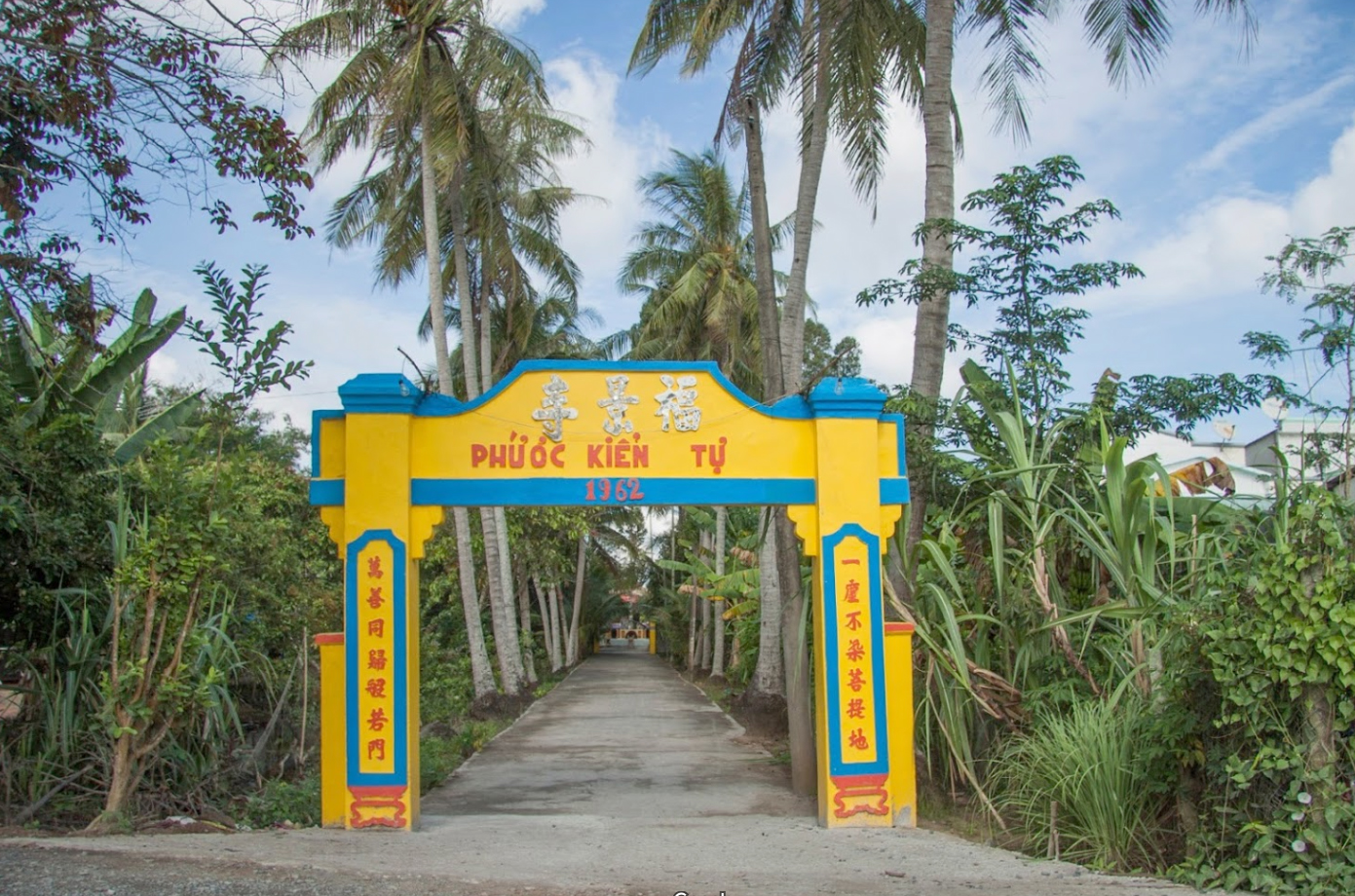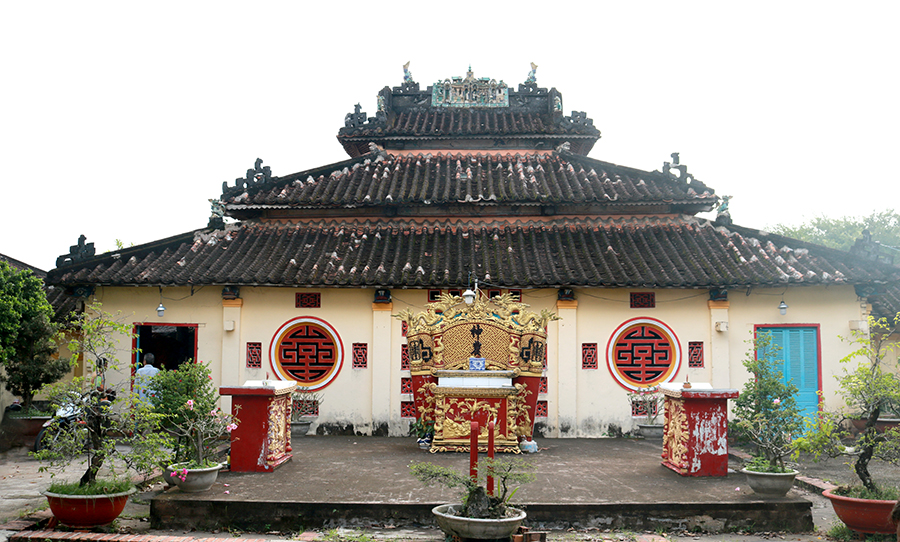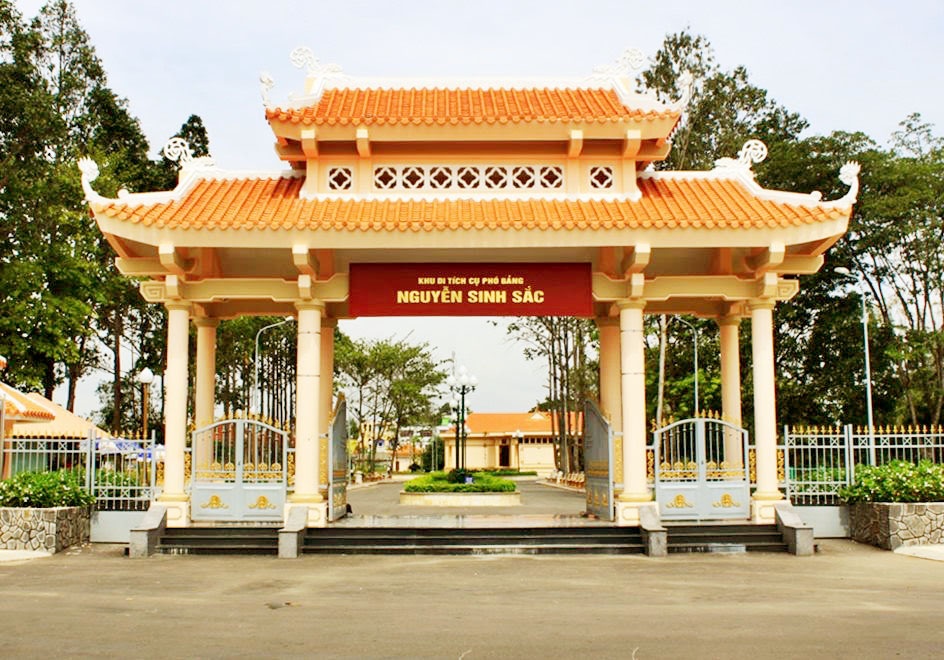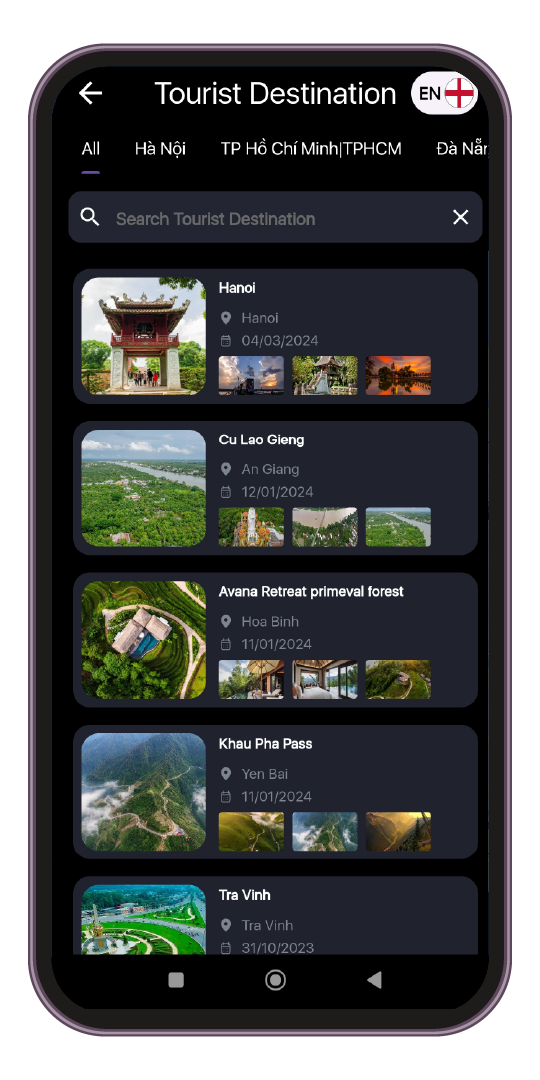When mentioning Dong Thap, people immediately remember the poem "Thap Muoi is the most beautiful lotus". Pink lotus flowers with yellow pistils, raised sepals and lush green leaves create a strangely peaceful scene. Among the lotus fields in Dong Thap, the most prominent is Thap Muoi Lotus Field in My Hoa commune, Thap Muoi district, Dong Thap province. Coming to Dong Sen Thap Muoi tourist area, watching lotus and enjoying Western river specialties is a wonderful and exciting experience for visitors. Thap Muoi lotus field, about 35 km from Cao Lanh city, about 150 km from Ho Chi Minh City. The road to this place is also very convenient, without many crowded vehicles often found in tourist areas. If you come here from Ho Chi Minh City, you can go towards An My town, cross My An bridge and turn left. With an area of nearly 20 hectares, no crowded traffic, no dust, no jostling or noise often found in tourist destinations, Thap Muoi lotus field is strangely peaceful and close! With a large area, when coming to Thap Muoi lotus field, visitors will have private space without having to jostle or compete to see the lotus. Cool green lotus fields mixed with pink lotus flowers gently swaying in the wind captivate visitors. Traveling to Dong Thap in any season is beautiful and the air is fresh. However, Dong Sen Thap Muoi is most beautiful in the summer, when the lotuses are in full bloom, one flower squeezing another flower to reach the sun. Dong Thap Muoi lotus begins to bloom in the morning. The lotus flower is white at first, then turns pink at noon. At around 3:00 p.m., the lotus turns dark pink, then turns red as the sun sets. The next day, the lotus continues to bloom and change color in this cycle for 3 days, then turns dark purple and fades. As this flower fades, another flower grows and blooms, this is something only the Thap Muoi lotus can do. Visitors can also walk around to admire the lotus, breathe in the scent of pink lotus... or can transform into village girls or garden boys when returning to the lotus field. The tourist area also has a page rental service. Dressing in ao dai, ao dai... saves beautiful moments beside the lotus petals with friends and relatives. This is also an ideal location for couples choosing to take wedding photos. Visitors can take a canoe to move deep inside, admiring the countryside and feeling the closeness and peace of nature. Inhale the fresh, cool air of the morning, gently touch each leaf, each flower, gently stroke the cool water with your hand. The boat drifts slowly and takes you inside. As you go, you can admire the scenery on both sides of the river and experience a day of being a "real" farmer by leaning on the boat to pick lotus and fish. To create a space to stop and rest for tourists, people built leaf huts and in these leaf huts, people can enjoy local specialties, in which of course the presence of tourists is indispensable. lotus. lotus. Grilled snakehead fish rolled in young lotus leaves, chicken salad with lotus roots, lotus sticky rice, lotus sweet soup... Especially, when coming to the lotus field during the flood season, visitors can also eat flexible fish, sesbania flowers, grilled field mice, roasted mice. ...All are prepared according to a very unique method of the people here, so they have a very unique flavor that cannot be found anywhere else. The special dish here is snakehead fish grilled with lotus leaves and served with young lotus leaves. Young lotus leaves are a clean vegetable, grown in clean, unpolluted water. The distinguishing characteristic is that the lotus leaf just rises above the water's surface, with the two edges of the leaf curled into the middle. Grilled snakehead fish with old lotus leaves because the fish is too thick and takes too long to burn, so people often roll many layers of lotus leaves when grilling. Grilled snakehead fish is served with raw vegetables, vermicelli and tamarind fish sauce. It's still a plate of raw vegetables, bananas, and sour star fruit, but the special thing is that this dish has young lotus leaves to roll with the fish. Young lotus leaves have a sweet taste and are rolled together with grilled snakehead fish, vermicelli, bananas, and star fruit dipped in tamarind fish sauce. The flavor bursts in the mouth, creating a unique and delicious taste that is typical of the Dong Thap Muoi region.
Dong Thap 1988 view From January to December
Ngày cập nhật : 01/04/2023

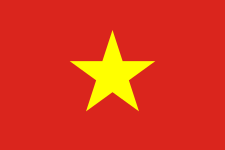 vn
vn en
en ja
ja ko
ko zh
zh

